OM SYSTEM Camera Guide: Find the Right One for You
For anyone who doesn't follow cameras closely, OM SYSTEM might be an unfamiliar name. But mention its predecessor, Olympus, and you'll probably have that "Oh" moment.
In this article, we'll give you a quick overview of OM SYSTEM cameras. And if you're thinking about buying one, consider it your go‑to buying guide.
All right, let's dive in!

In this article, you will learn:
The History of OM SYSTEM Cameras
Olympus was founded in 1919. In its early days, the company focused on making microscopes to break Europe and America's grip on the market. A year later, Olympus released Japan's first domestically made microscope.
In 1936, Olympus moved into cameras and launched its first mass‑market model, the Semi‑Olympus I. This made Olympus one of Japan's earliest camera makers.
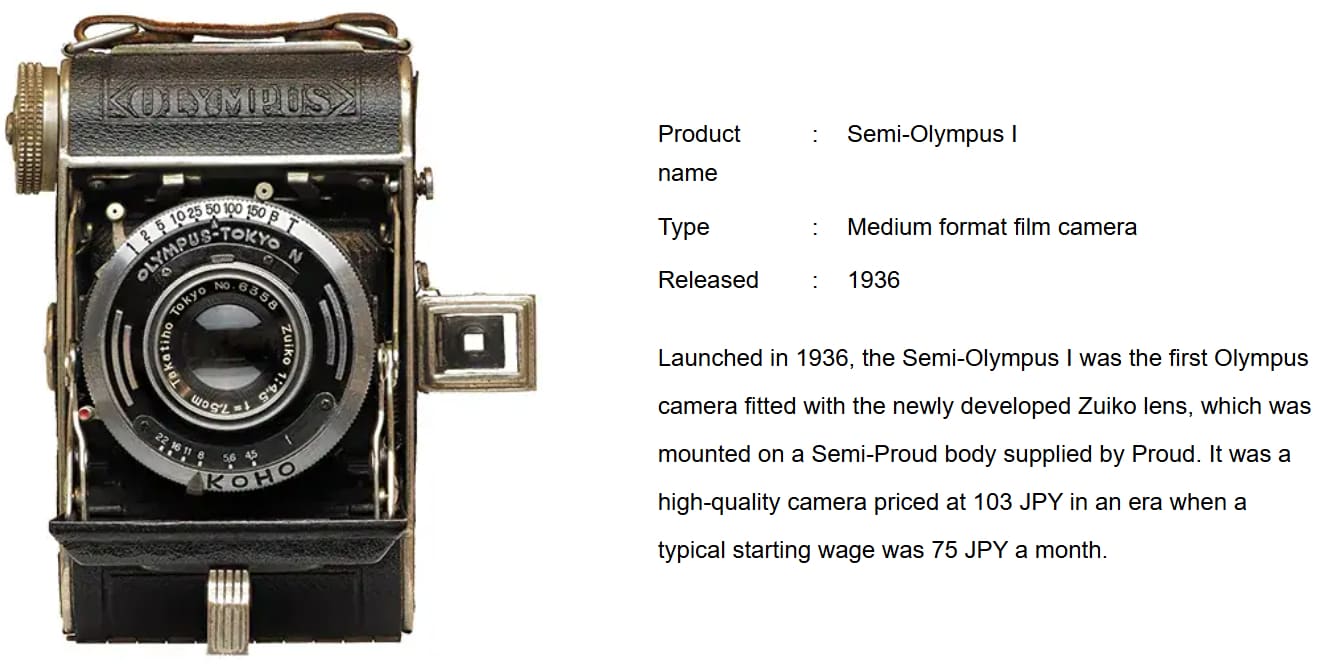
Olympus became famous for small, lightweight cameras. In 1972, it introduced the world's smallest and lightest 35 mm SLR, the OM‑1. In 1991, its ultra‑compact "μ" point‑and‑shoot sold five million units worldwide.
When digital cameras arrived, Olympus was an early player in mirrorless systems. Partnering with Panasonic, they created the Micro Four Thirds (MFT) standard. In 2009, Olympus released the PEN E‑P1, the third mirrorless camera ever, after Panasonic's G1 and GH1.
Olympus also led the way in in‑body image stabilization. In 2012, it launched the OM‑D E‑M5, the world's first camera with five‑axis stabilization.
Around 2015, Olympus's camera sales and influence began to slip. This was largely due to market shifts and the company's commitment to the MFT system.
The MFT system uses a 4/3‑inch sensor and matching MFT lens mount. That sensor is bigger than those in smartphones or point‑and‑shoots, but smaller than most APS‑C or full‑frame sensors.
A smaller sensor has clear pros and cons:
- Pros: cameras can be made compact, stabilization is easier, burst and video performance improve, and long telephotos come naturally.
- Cons: image quality lags behind larger sensors, and you can't get as shallow depth of field (so background blur is harder).
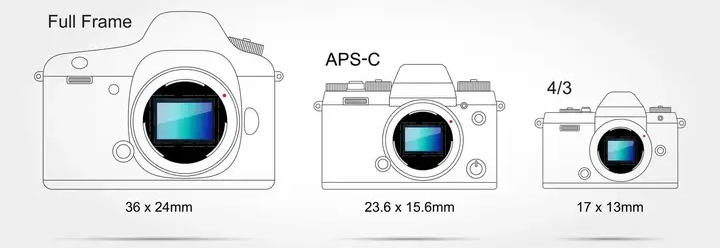
When MFT cameras first appeared, phone cameras were weak, and full‑frame SLRs were very pricey. People loved the balance of size, image quality, and price that MFT offered.
But as smartphones got much better and entry‑level full‑frame cameras dropped below $1,000, MFT found itself squeezed. It became more of a niche choice.
Faced with this shift, Panasonic and Olympus took very different paths:
- Panasonic chose to evolve. It invested in full‑frame mirrorless, launching three new models in 2019, and teamed up with Sigma and Leica to form the "L‑Mount Alliance." Today, Panasonic sells both full‑frame and MFT cameras side by side.
- Olympus chose to withdraw. In 2019, its imaging division revenue was only 7.6% of its medical business, but its losses wiped out 17% of the medical unit's profits. In other words, for every ¥100 Olympus made in medical gear, it lost ¥17 on cameras. So in 2020, Olympus sold its imaging arm to Japanese private equity firm JIP, ending an 84‑year run in photography.
JIP then created OM SYSTEM Co., Ltd. and rebranded all camera products under the OM SYSTEM name.
OM SYSTEM's Camera Lineup
OM SYSTEM currently offers three main series: OM, PEN, and Tough.
1. OM Series
The "OM" name goes all the way back to 1972, when Olympus released the OM‑1 film SLR. Over the next 25 years, OM film cameras became famous for being lightweight, reliable, and loved by photographers worldwide.
When Olympus relaunched its camera business in 2022, it revived the OM name to carry on that legacy. That's why you'll still find "OM‑1" or "OM‑3" listings online for both film SLRs and modern mirrorless models, just be sure to check which one you're looking at.
Today, OM mirrorless cameras are Olympus's flagship line, built for high performance and professional use. There are three models: OM‑1, OM‑3, and OM‑5, ranked from top to entry level.
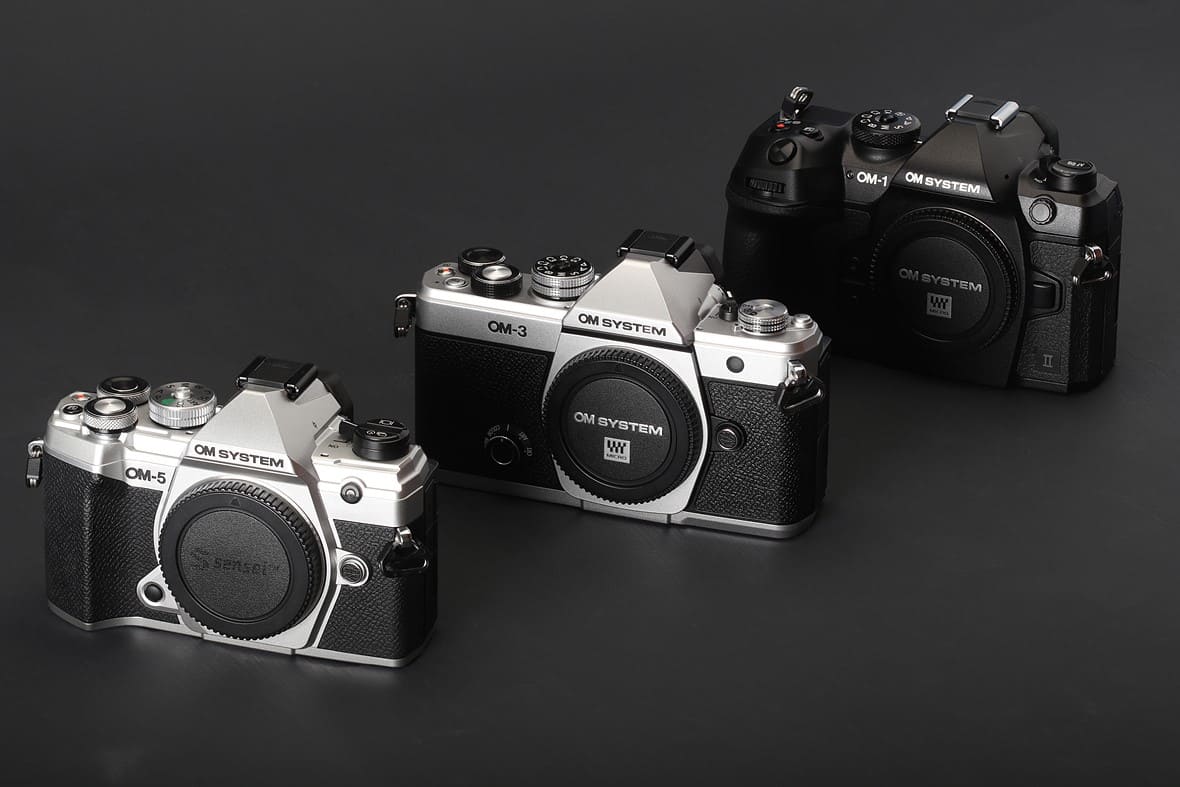
OM‑1
The OM‑1 sits at the top of the lineup. It's already in its second generation:
- OM-1 Mark I (Feb 2022): The first camera with a stacked M4/3 sensor and Olympus's newest processor. It can shoot 50 fps with autofocus and auto‑exposure, or 120 fps if you lock focus and exposure. It also delivers excellent autofocus, image stabilization, and video, all in a tough, weather‑resistant body.
- OM-1 Mark II (Jan 2024): Builds on Mark I with smarter, more accurate autofocus, up to 8.5 stops of stabilization, and a larger buffer for even longer bursts.
Both generations use a 20 MP sensor. With special processing, you can shoot 80 MP images on a tripod or 50 MP hand‑held, perfect for when you need extra detail.
But remember, the M4/3 sensor has its limits. The OM‑1 still sits behind similarly priced APS‑C models (like the Fujifilm X‑H2) and full‑frame cameras (like the Sony A7 IV) in raw image quality.
It's really best for pros who need blazing-fast burst shooting — think wildlife, sports, and other action work.

OM‑3
The OM‑3 sits in the mid‑to‑high end and so far comes in just one model, released in February 2025.
Even though it's a "step down," the OM‑3 shares the same sensor and processor as the OM‑1 Mark II. You get flagship image quality, resolution, autofocus speed, video performance, and even that super‑fast burst shooting.
Where it's trimmed back is in in‑body stabilization, the electronic viewfinder, and the memory card slot. Beyond those specs, the OM‑3 stands out with a retro film‑SLR look and a slimmer body.
Inside, you'll find a new color‑control menu plus four color‑film simulations, four black‑and‑white film sims, and twelve artistic filters. That means your JPEGs look great right out of the camera — a bit like a Fuji.
For serious shooters, the OM‑3 delivers nearly all the OM‑1 Mark II's core features at a lower price, so it's a smart value pick. And for hobbyists, its vintage style, artsy filters, and lovely straight‑out‑of‑camera colors might just steal your heart.
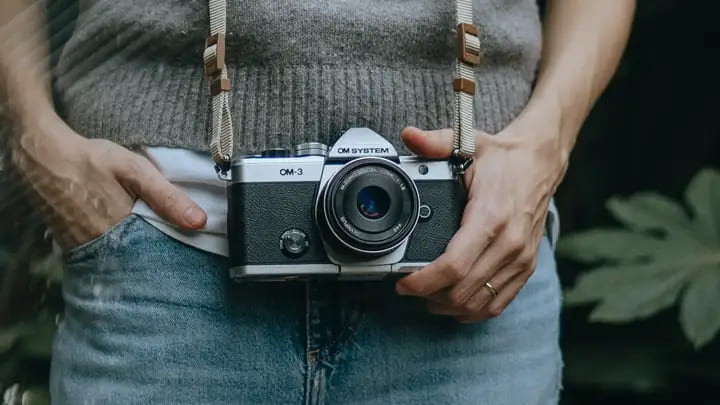
OM‑5
The OM‑5 is the mid‑range model and currently comes in two versions.
- Mark I (Oct 2022): As an earlier, entry‑level model, the OM‑5 Mark I uses an older sensor, processor, menu system, and a smaller battery. Its autofocus, burst shooting, and video aren't standout, but it keeps the excellent in‑body stabilization and rugged build that Olympus is known for. Plus, it's very light, playing up the Micro Four Thirds system's portability.
- Mark II (Jun 2025): The OM‑5 Mark II feels more like a minor refresh. It keeps the same core parts but adds the new menu system from the OM‑3, a few "computational technology" modes (like handheld high‑res shots, real‑time ND filters, and depth‑of‑field blending), a slightly larger grip, one new color option, and swaps the old data port for USB‑C.
Overall, both OM‑5 cameras offer good bang for the buck. They're great for taking on trips or casual shoots. But they're not exactly must‑haves, more like "nice to haves" that won't blow you away.
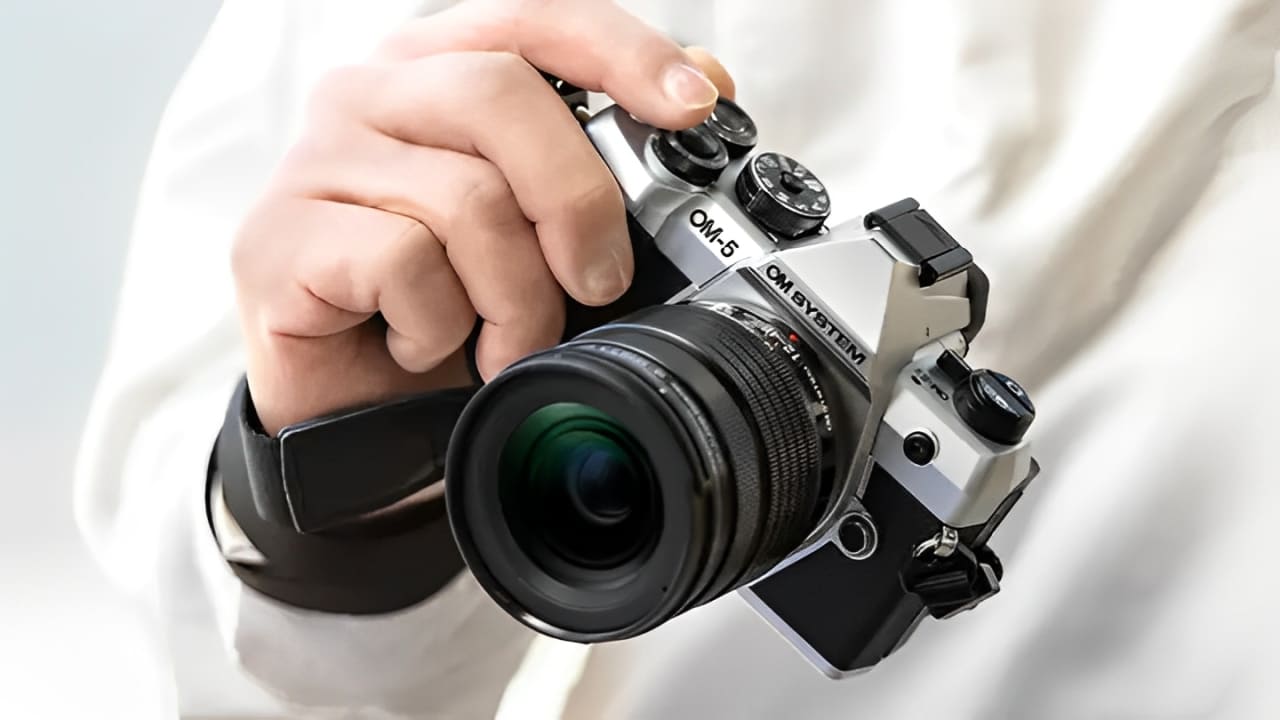
2. PEN Series
"PEN" was the name of Olympus's popular compact film cameras in the 1950s and 1960s. They were light, stylish, and a big hit in Japan.
In 2009, Olympus brought back the PEN name with Micro Four Thirds mirrorless cameras, keeping that same lightweight, fashionable vibe.
Originally, PEN mirrorless cameras came in three lines:
- E‑P (retro high‑end)
- E‑PL (mainstream mid‑range)
- E‑PM (simplified entry‑level)
But with smartphone cameras taking over, the E‑PM and E‑PL lines have been discontinued. Now there's only the E‑P series left.
The latest model, the E‑P7, launched in 2021. It's only sold in Europe and Asia. Because it's geared toward style and portability and came out a few years ago, it doesn't pack cutting‑edge specs.
It's super light and looks great, but there aren't many other reasons to pick it.
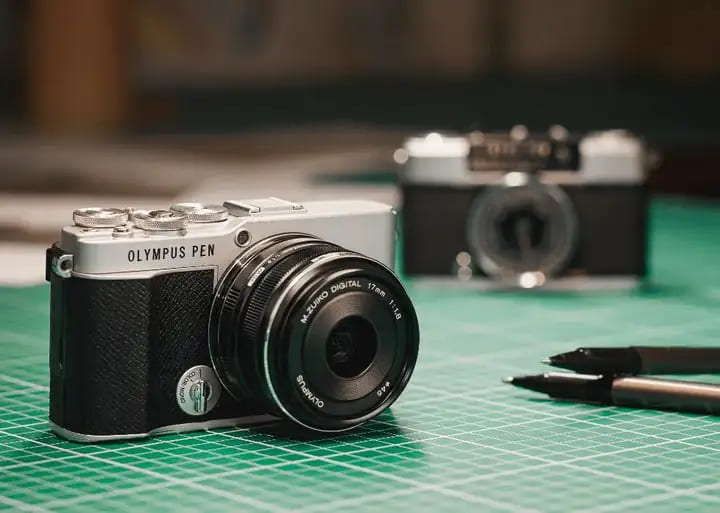
3. Tough Series
The Tough line first showed up in 2009. These are fixed‑lens "rugged" cameras, meaning they're waterproof, dustproof, and shockproof.
Unlike GoPros and other action cams, Tough cameras are meant to be held, not worn. They're made for still photos more than video.
The latest model, the TG‑7, arrived in 2023. It's waterproof down to 15 meters (about 50 ft), can survive drops from 2.1 meters (around 7 ft), withstands 100 kgf (220 lbf) of pressure, and keeps working in temperatures as low as –10 °C (14 °F). It's also dustproof and fogproof.
On the photo side, the TG‑7 uses a 12 MP, 1/2.33″ sensor, so its image quality isn't as sharp as many smartphones. But it gives you 25–100 mm equivalent optical zoom and real macro shooting.
Besides explorers and rescue teams, the TG‑7 is a solid pick for kids. It's tough enough to handle rough play and can spark a child's interest in photography.
To really break one in normal use, you'd have to work at it and get pretty unlucky.
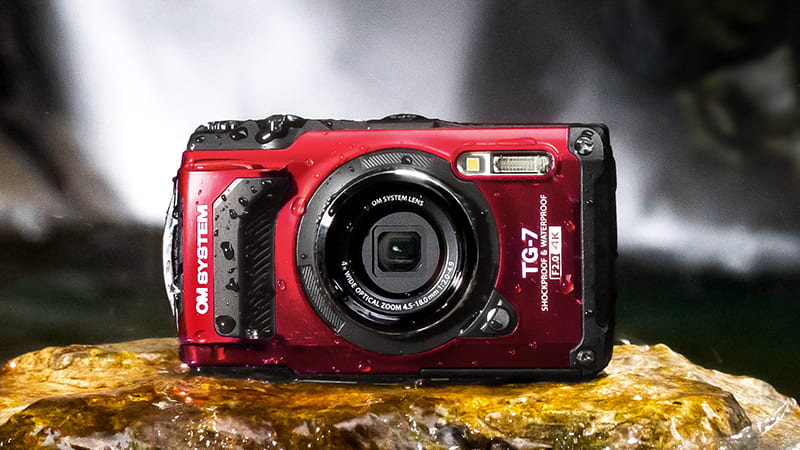
Is M4/3 Really Worse Than Full‑Frame?
As we've seen, one big reason OM SYSTEM cameras have slipped in popularity is that they stuck with Micro Four Thirds even as the market shifted. That left their lineup feeling a bit uninspired, with no standout models to grab people's attention.
A lot of us still judge cameras by one old rule: bigger sensor equals better image. Even our own writing has sometimes fallen into that trap. But clinging to that idea is exactly what's holding camera makers back.
When smartphone cameras got so good, the industry hoped that simply making sensors larger would protect their turf. They forgot that users really care about "good results," not just "bigger specs."
In fact, M4/3 isn't doomed from the start. Think of it as a hidden gem — small, portable, and ready to shine once it embraces computational photography and smart processing. If breakthroughs come in that field, M4/3 could surprise us all with images that rival or even outclass bigger formats.
Already, AI‑powered noise reduction from tools like DXO has tackled M4/3's old weaknesses in low light and high ISO. And tech only keeps improving. So, what the future holds for cameras? Only time will tell, but don't count M4/3 out just yet.
Product Recommendation:
In photography, nailing the shot is just the first step. Editing is what really brings your images to life. That's why we highly recommend TourBox. It's like having a trusted assistant for all your post‑processing needs.
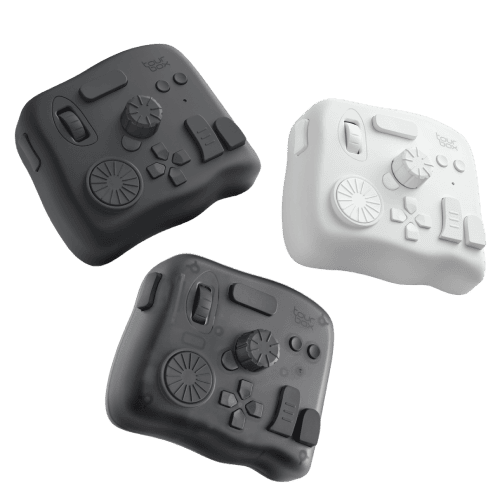
With TourMenu, you can group your most‑used editing controls in one place. That means you can tweak settings faster and more precisely, turning complex edits into simple moves and boosting your productivity.
Whether you're retouching, color grading, or sorting through hundreds of photos, TourBox saves you time and keeps your workflow smooth. It's as intuitive as using a game controller, giving you a more enjoyable editing experience.
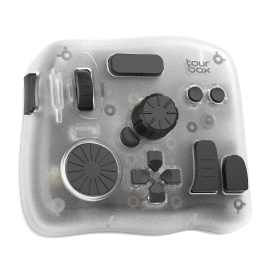
If you'd like to see how TourBox can level up your photo edits, check out our Photo Editing page to learn more about its features and tips.